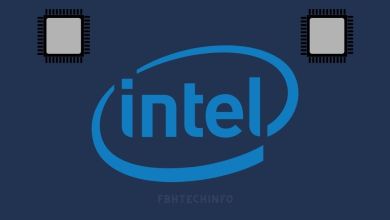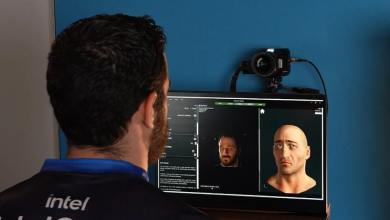PC & Components
Get the Latest headlines on computer hardware news, and reviews, including analysis, features, and opinions on the best personal computers news stories, photos and explore more on Desktops and PCs
-
 March 16, 2022
March 16, 2022Cooler Master HAF 700 EVO Review
The Cooler Master HAF range’s design has remained relatively consistent over time, yet it has developed with the times and…
-
 March 15, 2022
March 15, 2022FSR 2.0 will be shown at GDC 2022, and SRS will be released on March 17th.
We learned more about AMD’s new FSR 2.0 image scaling technique yesterday. The enhancements in this latest version of AMD…
-
 March 10, 2022
March 10, 2022Geekbench shows an Intel Core i9-12900HX with 16 cores and 24 threads.
An Intel Core i9-12900HX has debuted on Geekbench, giving us our first look at Intel’s next high-end Alder Lake laptop…
-
 February 22, 2022
February 22, 2022First ever review of the Intel Arc Alchemist A380
SiSoftware has published the first review of its kind for the Intel Arc Alchemist A380, the dedicated graphics card with…
-
 February 1, 2022
February 1, 2022New NVIDIA GeForce Game Ready 511.65 WHQL drivers with support for Dying Light 2 Stay Human
NVIDIA has published updated GeForce Game Ready 511.65 WHQL drivers that include support for Dying Light 2 Stay Human, a…
-
 February 1, 2022
February 1, 2022Intel releases drivers 30.0.101.1298 with support for Alder Lake-H GPUs
Intel has published the graphics drivers for its integrated Intel Iris Xe Graphics GPUs and Intel UHD for the twelfth…
-
 January 26, 2022
January 26, 2022Intel Pentium Gold G7400T overclocked up to 5.80 GHz using OC by BCLK
One of the great surprises of Alder Lake is overclocking, and we have new proof of this with the Intel…
-
 January 11, 2022
January 11, 2022Nvidia officially announces the RTX 3080 12GB, with extra 2GB of VRAM, 384-bit bus, and higher power consumption
Just as it had leaked a few days ago, Nvidia officially announced its new GeForce RTX 3080 12GB, with several…
-
 January 9, 2022
January 9, 2022The RTX 3080 12GB would be announced this coming January 11
Rumors keep coming in about the RTX 3080 12GB, and as usual, they never quite agree. First, it was said…
-
 January 4, 2022
January 4, 2022Corsair One i300, a compact but extremely powerful PC
The Corsair One i300 is presented as the successor to the Corsair One i200, a team that we already talked…
-
 January 4, 2022
January 4, 2022AMD confirms the arrival of the Ryzen 7000 plus the AM5 platform at the end of the year, they will have DDR5 and PCI-E 5.0
The Ryzen 7 5800X3D was not the only desktop-processor novelty that AMD announced during its CES 2022 conference: The company…
-
 January 4, 2022
January 4, 2022Thermaltake Introduces Divider 550 TG Ultra Enclosure, With LCD Screen
Thermaltake has just revealed the Divider 550 TG Ultra, Thermaltake’s first enclosure with an LCD screen that allows users to…
-
 January 3, 2022
January 3, 2022Alienware Introduces Concept Nyx, a Game Relay Server on Your Local Network
Just a couple of days before the official start of CES 2022, we have seen how some companies have begun…












